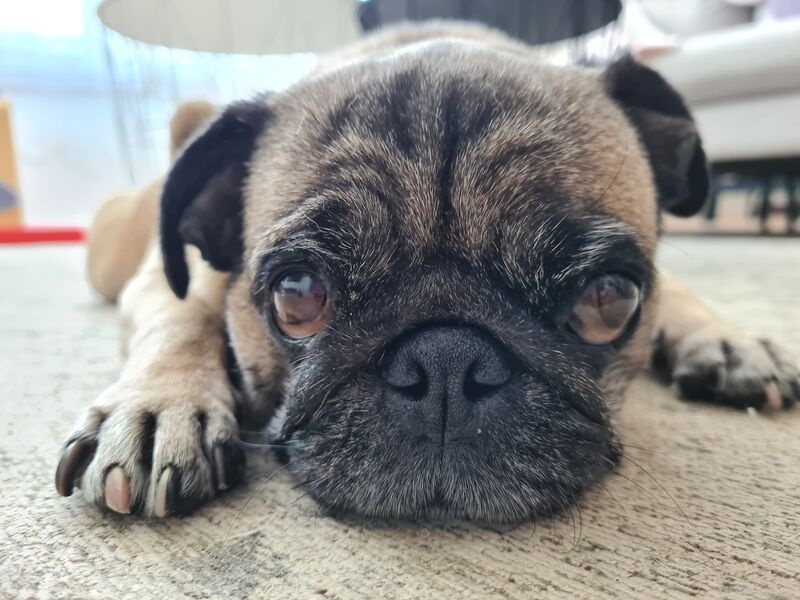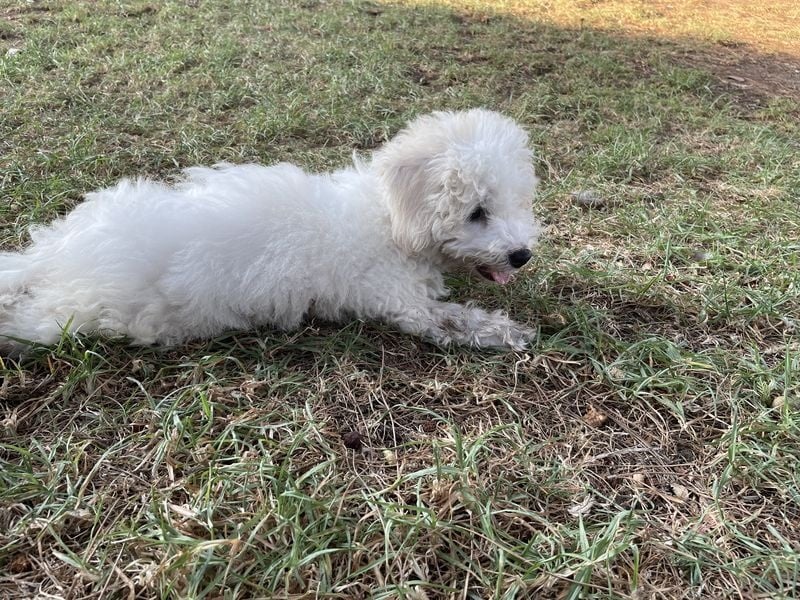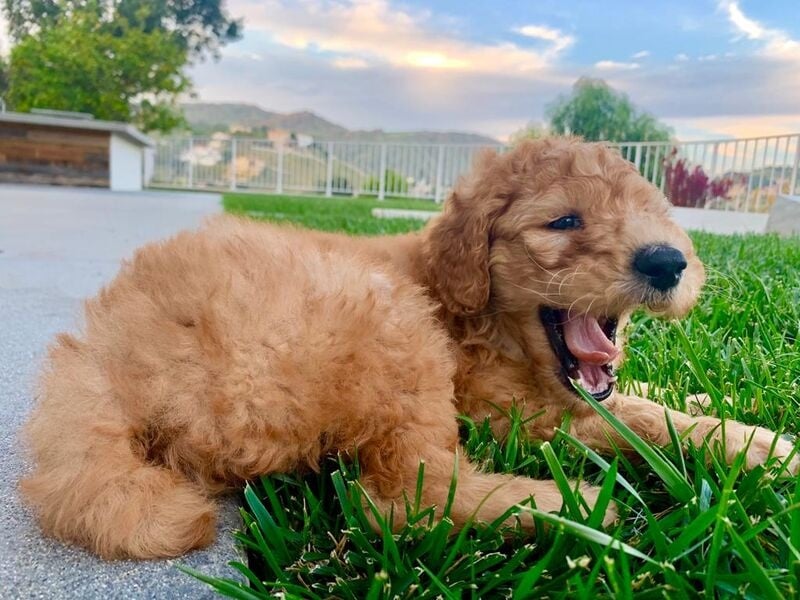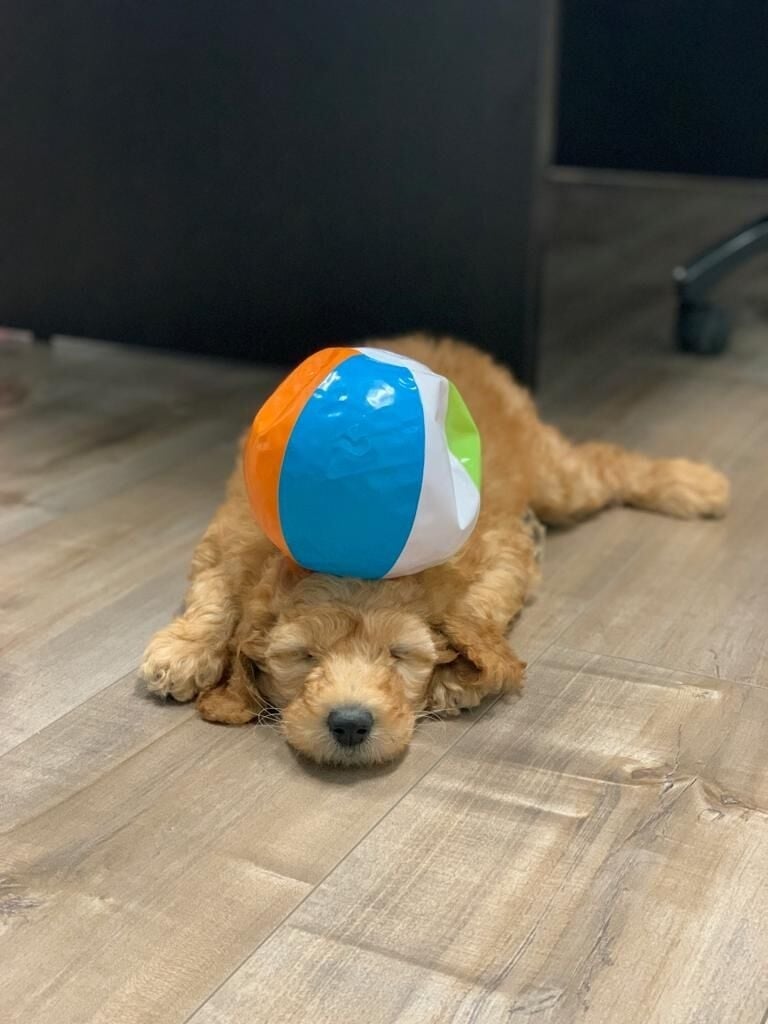Is My Dog Overweight or Not?
 Image by
Image by
Over 50% of dogs that reside in the United States are overweight and numbers have been on the rise in recent years. We all love a furry friend that has a bit of chub to hug, but serious health problems can affect your dogs if they have crossed into the territory of being overweight. Not sure what to check for? Here you can find the best practices to make sure your dog stays at a happy and healthy weight.
Overweight Dog Check List
Sometimes simply looking at your dog isn’t enough to tell if your dog is overweight, so checking them every so often and monitoring their diet is crucial to ensure that they don’t get to the point of being overweight. If you aren’t sure where to start here, you can find a basic checklist for what to look out for.
Bodyweight Score
When examining your dog’s body weight, you must consider a few things. How easily you can find your dog’s shoulder bones and ribs when running your hands along their body while you pet them is an important indication of their weight. If when doing this, you can indeed feel their spine and hips, but they are not visible to you yet you can still see their last rib, then it can assist you in determining if their weight is right for them.
You can determine their status via a score from 1 to 9. A score of 3 would be considered underweight, being that your dog’s spine, ribs, and hip bones are all visible but with little fat at the waist.
A score of 5 is an ideal weight for your dog. Your dog’s spine, ribs, and hip bones are all not visible on the surface but can be felt easily when running your fingers along with your dog. It is important to check your dog’s waistline and whether or not it is proportionate.
If your dog ranks between a 6 to a 9, then they would be considered either somewhat overweight to suffering from obesity. This would mean that your dog’s ribs, spine, and hip bones are not visible or felt as you run your hands along their side. In this case, your dog’s waistline is harder to find, and there may be a high level of fat alongside your dog’s waist, face, and limbs.

Maintaining a Healthy Dog Weight
Examining your dog’s daily activities is also crucial. These daily activities can help you determine if your dog suffers from being overweight and when it is time to consult a doctor.
If your dog faces one of these six challenges, it could be a serious indication that their health is at risk.
- While your dog lies down, he struggles to transition into a sitting position and vice versa.
- If your dog sufferers from shortness of breath
- If your dog is huffing and puffing constantly
- If your dog is finding it difficult to play or his playful habits have changed drastically
- If your dog needs additional help transitioning from one area to another, like from downstairs to upstairs or into the car.
- If your dog gets winded by performing simple tasks

Overweight Causes and What to Do
If your dog has become overweight or is on the way to becoming overweight, don’t worry, there are easy ways to help your dog overcome these challenges. In order to help your dog get back to their ideal weight or prevent obesity, it is important to determine the causes that put dogs in this position in the first place.
Nutrition
A dog’s nutrition plays a big role in its weight and health development. It is important to feed your dog the correct portion sizes for meals, as well as monitor the number of treats they are given each day. Experts say that dogs that eat one big meal a day as opposed to several smaller meals throughout the day are more likely to gain weight. Make sure that your dog’s food choices are right for your specific dog.
A Dog’s Age
Dogs that are older or middle-aged between the ages of 6 to 10 usually have a higher risk of obesity, but this becomes less of a risk as they get older. It is important to monitor a dog’s age and treat them accordingly. Don’t push your dog further than they can handle.
Temperament
If a dog suffers from depression, they are several times more likely to become overweight than dogs that are content and happy. Signs of depression in your dog can be a lack of motivation to be active or being withdrawn alongside extreme shifts in sleeping and eating patterns. It is important to monitor these changes and act on them early in order to prevent them from escalating. Try to expose your dog to activities that bring out the best in him or play dates with other dogs.
Inactivity
Similar to humans, dogs that don’t maintain some form of daily exercise are more susceptible to becoming overweight. Dogs that exercise regularly are more likely to maintain a healthy way in comparison to dogs that exercise less than four hours per week. Keep some form of exercise routine so your dog has time to be active regularly. Go for walks in the park or bring toys with you to challenge your dog.
General Health
Checking your dog’s general health is super important because underlying health conditions can also play a role in a dog’s unhealthy weight gain. It is important for this reason to take your dog for regular checkups and monitor any abnormalities that may arise in a dog’s life.

Whether your dog is in danger of being overweight or perfectly healthy, it is important to set realistic goals and habits for your dog wherever he is at in his journey that make maintaining a healthy lifestyle an easy part of both you and your dog’s routine. If you aren’t sure about something, it is also always a good idea to consult with your vet.
Related posts

Mixed Berry Pops
Looking for a fun and refreshing treat for a hot day? Whether it's hot or not, you are sure to love these refreshing and tasty mixed berry pops. My family would always pop some of these in our cooler

27 Must Have Dog Items
More and more people are fostering or adopting dogs into their homes, especially these days when working from home has become more common. Working from home has given people more time and opportunitie


